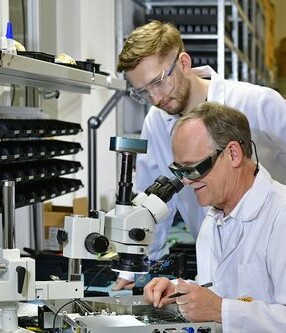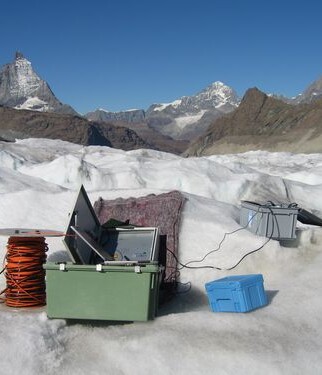Why is distinguishing radiant heat from convective heat vital?
Every open fire releases both convective heat (such as smoke in the form of hot pyrolysis gases and other combustion products) and radiant heat. Distinguishing and detecting both components provides a depth of information that can play a critical role in fighting a fire. Over 90% of all fire victims die not from the immediate heat of the fire, but from the toxic pyrolysis gases, especially carbon monoxide. In this respect, the spread of convective heat is a good indicator of fatal smoke development and distribution. However, the exclusive detection of convective heat (or direct detection by smoke detectors) means that the location of the fire cannot necessarily be precisely localized.
In a traffic tunnel, for example, air currents are often several meters per second. These air currents push the convection away from the source of the fire, so that the fire location is incorrectly localized and, consequently, the ventilation zones and extinguishing systems are often not correctly controlled in the event of an alarm.
This is where radiant heat comes into play, as it is highest exactly where the actual source of the fire is, regardless of the prevailing airflow. This means that ventilation can be set precisely, and extinguishing systems can be accurately triggered at the position of the source of the fire. As a result, a survival space is created that enables effective firefighting and evacuation measures on-site.
AP Sensing's sensor cables are specifically optimized to detect thermal radiation and are sensitive to both radiation and convection! This has been confirmed in many fire tests. The specially-designed sensor cables not only enable the localization of the actual fire within a meter of accuracy, but also provide precise information about smoke development and spread. This information is important for emergency services to successfully fight the fire and save lives.
We call this extraordinary feature "Fire Monitoring" because it allows not only the detection of a fire, but rather a more comprehensive assessment of the situation. And this includes situations where pyrolysis gases and smoke massively restrict the view – even from cameras. Of course, this capability only lives up to the term "fire monitoring" if the sensor cable can also withstand higher temperatures. Therefore, all AP Sensing sensor cables are tested for their functional integrity as per IEC 60331-25 for continued monitoring even under extreme temperatures.



